The Edo Period is one of the periods of Japan, which is a part of Medieval Japan. The Edo period is also known as the Tokugawa period in Japan. The period was featured by qualified social order, isolationist foreign politics, economic accrual, and popular arts and culture. If you are devoted to knowing Japan’s Edo period, the article is suitable for you. Keep reading it attentively.
The Edo Period (1603 to 1868)
The Edo period or the Tokugawa period began from 1603 to 1868 when Japanese society was under the Tokugawa Shogunate rule and 300 regional demos. Now I am going to discuss here the Edo period in Japan briefly. Please, continue reading the article attentively.
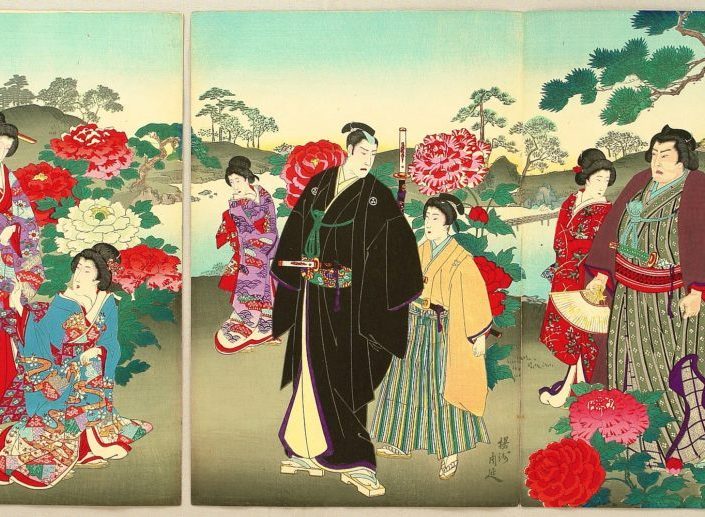
The Edo period
The Political System Of Edo Period
Western powers entered Asia from the beginning of the nineteenth century. On the other hand, Shogunate got his hands on foreign ships, dredging pay orders, strengthening maritime defenses, etc., but eventually surrendered to the pressure of the led by Perry to sign a treaty.
Also relying on the inauguration of the country, the lord king’s movement Shougunt Ansaye’s great prison although it was violently suppressed, religion returned from the lessons of the British War and the Magosaki War to the opening of the country and the end of the main alliance and the second victory of Choshu. In 1967, Kiki entered the 15th General Yum content option, the repatriation was submitted to the Imperial Court and the Edo period ended here.
Edo Period Military System
Now I will discuss here the military system of the Edo Period. In the Edo period, Shogunate and Daimio restored their money and customs through the Kiho Reform and the Kansei Reform’s various reforms. However, in the world of Tahir, the problem is that the city where the samurai gathered did not recruit large numbers of civilians from the city and the countryside.
So the effect was only temporary; the samurai’s position during the Edo period was similar to that of the slaves who could pursue military service and service in Daimler’s army. Wartime and peacetime. Displayed externally by the number.
Most of these followers were mere carriers, not combat personnel, such as lenses, flags, and scissors. During the Edo period, when all parties were organized into the national army, the military system was hidden in the samurai group’s political system.
Fundamental reforms of the military system were associated with changes in political relations within the samurai group and, as a result, may be associated with changes in the order of governance over the parties.
Culture Of Edo Period
Castle architecture, a symbol of the Momoyama culture, became more prosperous during Edo. Besides, the fortified cities were newly built in various places, including Edo and Nagoya. The samurai who ruled this era and the great merchants associated with it continued to live and express their spirits.
On the other hand, these forts were also cities where samurai officers were replaced, and those collected for construction did not return to the village. In the last half of the Edo period, the culture center was moved from the top to Edo.
Still, cultural and cultural administration presented in this period reflects decay, crookedness and sophistication, satire, and corruption. On the other hand, it should not be overlooked that a critical attitude has developed to overcome the stalemate. The previous epidemic and yellow covers, fashionable books, comic books, and readers and Kawanagi and Kyoka’s popularity declined.
The Policy Of Edo Period
The key points of Shogunet’s policy are that Hidayashi inherited the system of governance, which was established by limiting or looting the rights and capabilities inherent in various positions at the cost of peace and prosperity of this land, protecting the country from intercultural aggression, and maintaining physical freedom Ordered various lords to stabilize.
For trade and industry, through the integration of financial and meteorological systems, and through the development and promotion of coastal routes such as the West Coast and East Coast, we have tried to realize national distribution by controlling important cities, especially Kyoto, Osaka, and Edo.
However, in the nineteenth century, Daimio began its domestic development and could not control the confusion caused by foreign trade after the port’s opening.
Conclusion Of The Article
The thesis will be finished now. It is the article where are described detailed information about the Edo Period in Japan. I tried to provide all the correct information collected from a good source in the article.
Now come to inform your opinion after reading the whole article through the comment section. If you have any questions or any objections or think you will need more information about the topic, please inform me by comment.
You can visit our other pages to read more related articles. Thank you for visiting the site in the long run. Please stay connected with us to get more updates. If you are interested in reading more articles like this, you can read about; The Kamakura Period.

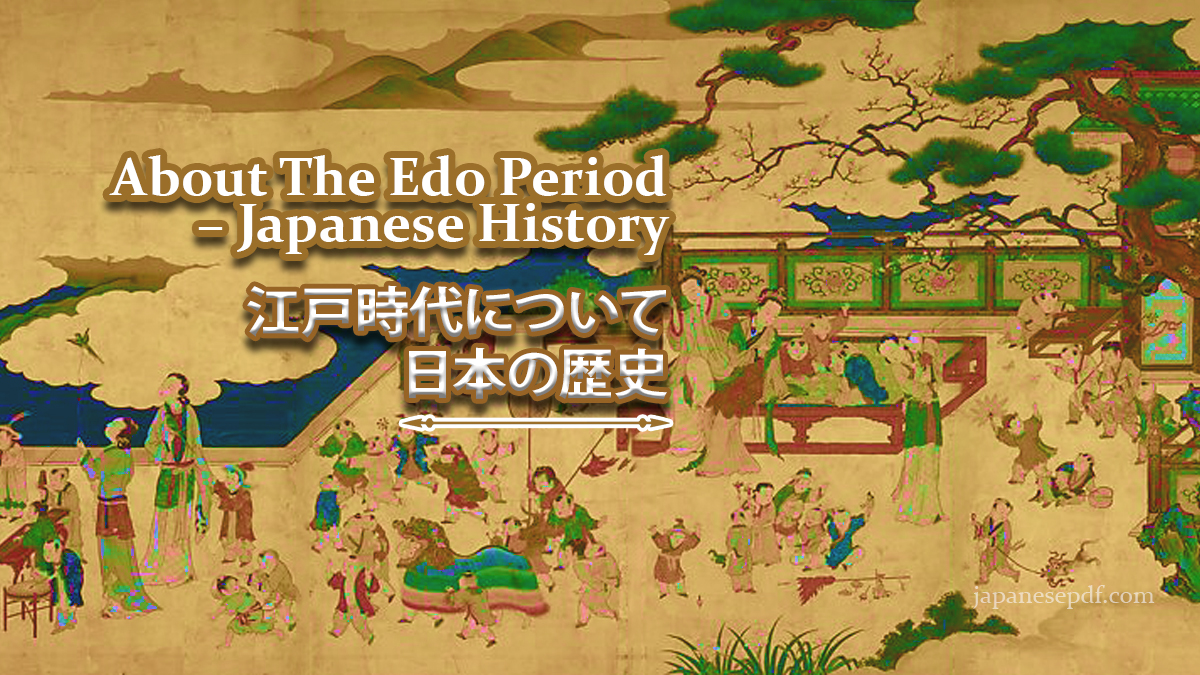
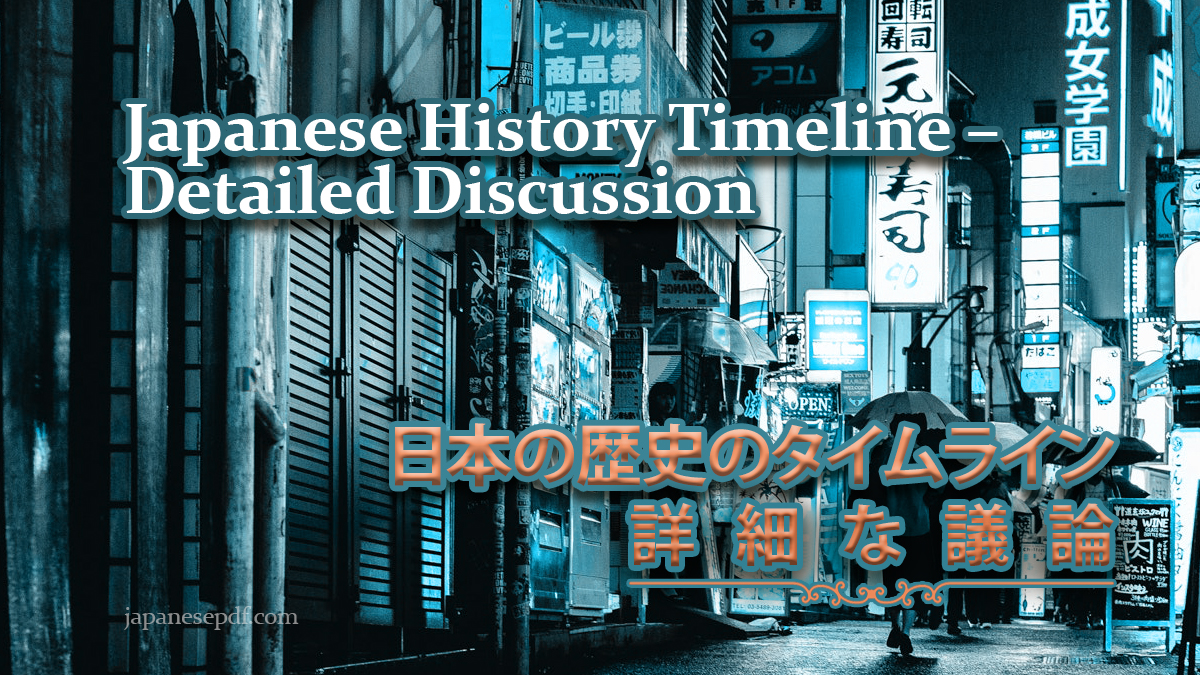
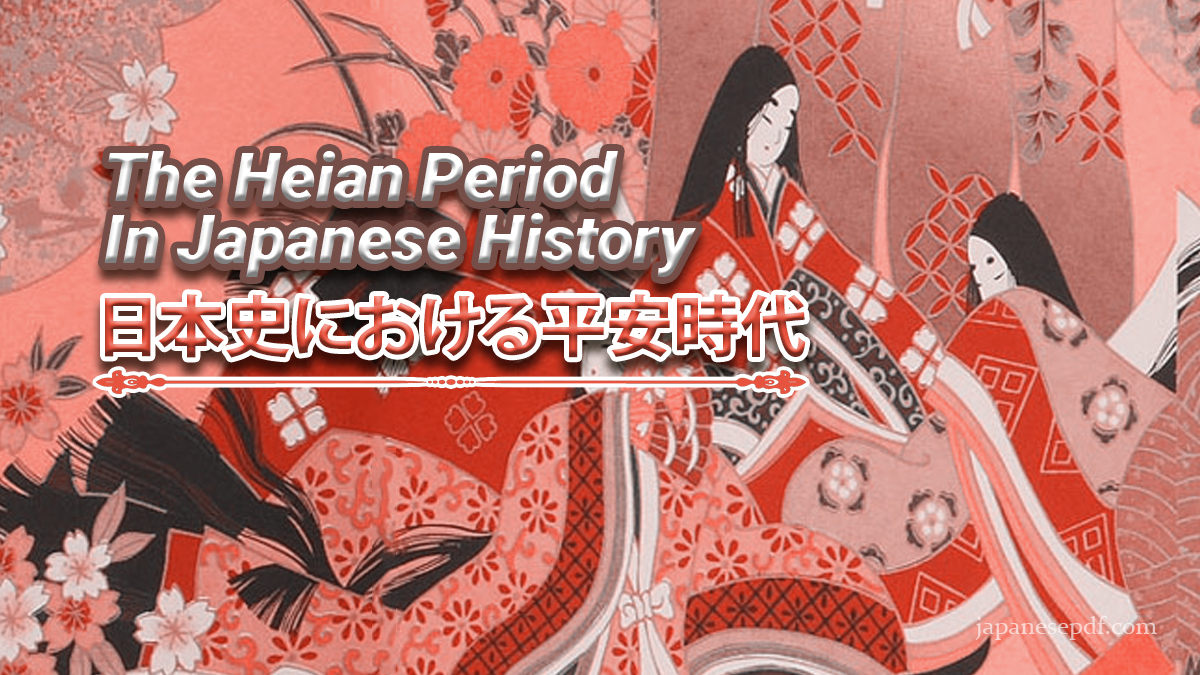
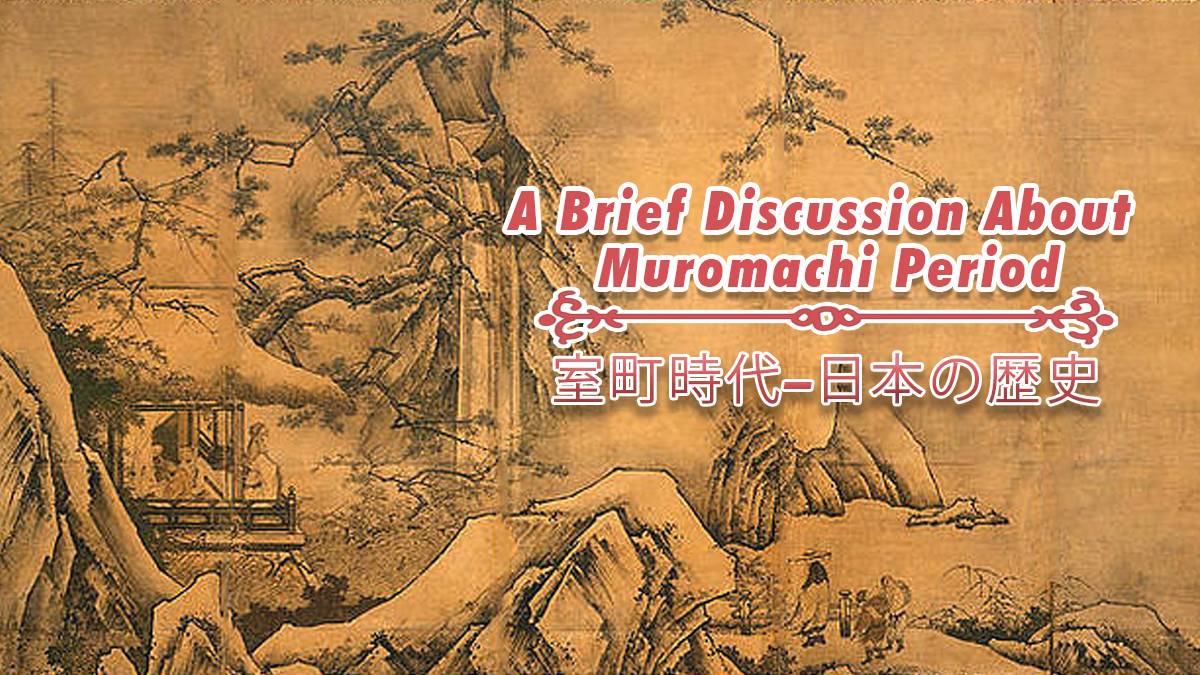
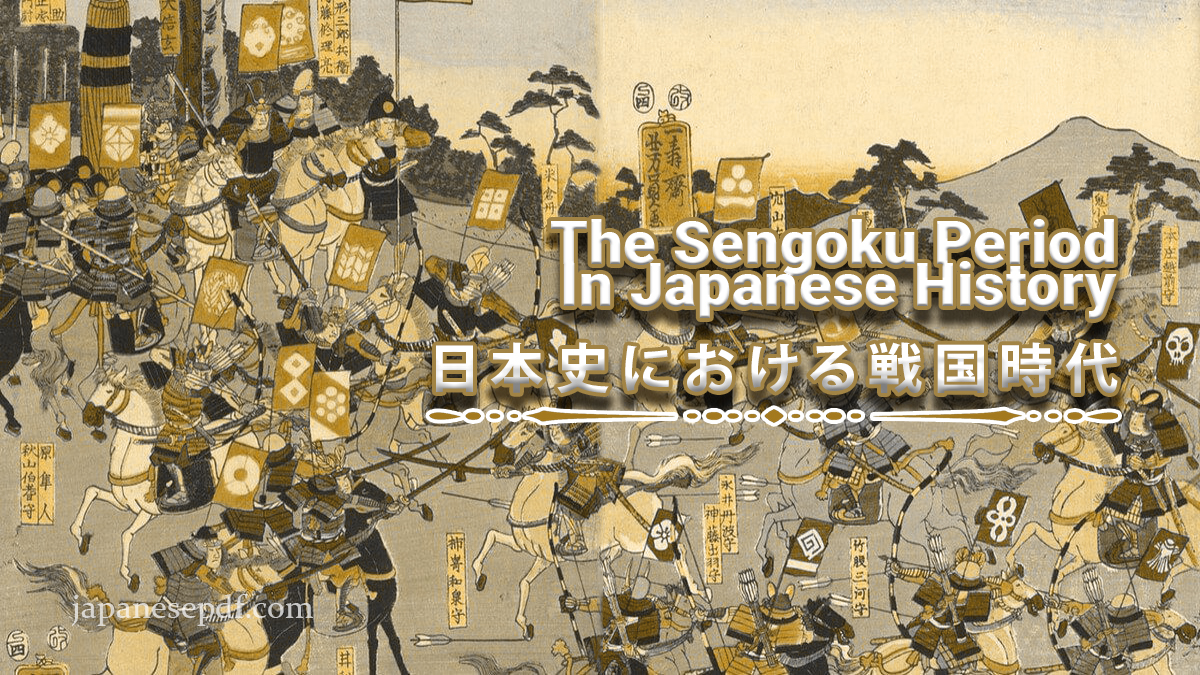
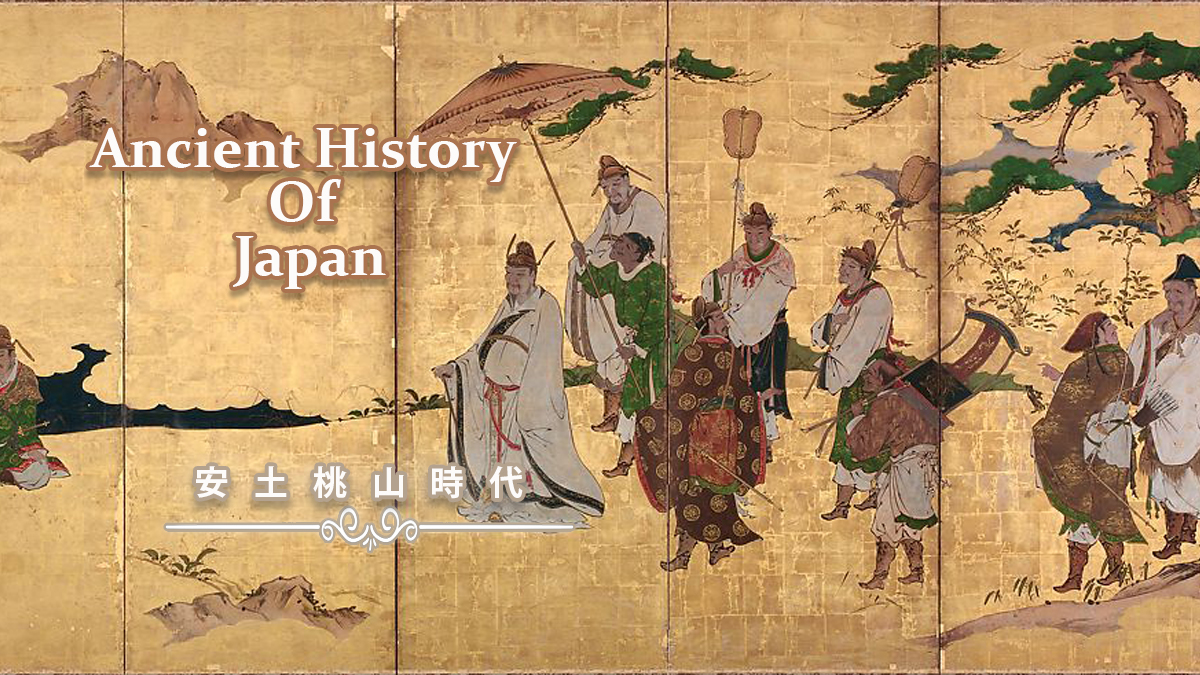

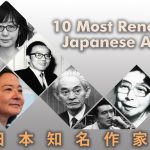
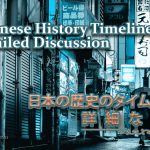



Comments